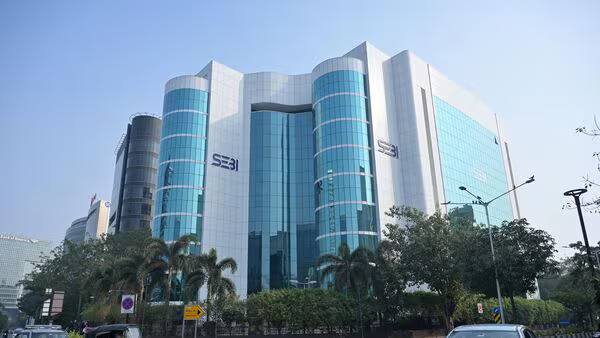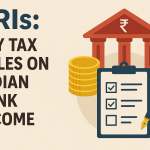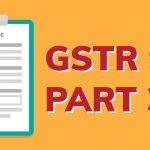Blog Post

Posted on June 16, 2025

The Securities and Exchange Board of India (SEBI) has introduced a comprehensive and stringent framework for Environment, Social, and Governance (ESG) debt securities, effective from June 5, 2025. This framework covers social bonds, sustainability bonds, and sustainability-linked bonds (SLBs), in addition to the already regulated green bonds. The new rules aim to enhance transparency, credibility, and alignment with global standards, but they also present significant challenges—especially for mid-sized firms.
Increased Compliance Burden:
The new rules require extensive documentation, continuous monitoring, and regular reporting—demands that are resource-intensive. Mid-sized firms, which often lack dedicated ESG teams or sophisticated compliance infrastructure, may find it difficult to keep up with these requirements.
Cost of Third-Party Certification:
Mandatory external verification adds direct costs. The pool of qualified ESG certifiers in India is still developing, which could increase costs and create bottlenecks, particularly for smaller issuers.
Operational Complexity:
The need for robust internal processes to track, measure, and report ESG outcomes means mid-sized firms must invest in new systems and expertise, further raising operational complexity and expenses.
Potential Market Fragmentation:
Experts warn that these higher barriers could deter mid-sized firms from participating in the ESG debt market, potentially leading to a market dominated by larger, better-resourced corporates. This could fragment India’s sustainable finance space and limit the diversity of projects funded through ESG bonds.
SEBI’s intent is to curb “purpose-washing”—the misuse or exaggeration of ESG labels—and to build investor trust through transparency and verifiable impact. By aligning with global best practices, SEBI aims to position India as a credible player in the international sustainable finance market.
While the new framework is expected to boost investor confidence and improve the integrity of India’s ESG debt market, it may inadvertently restrict access for mid-sized firms due to higher compliance costs and operational demands. Unless there is targeted support or capacity-building for these firms, their participation in the ESG debt space could decline, reducing the overall inclusivity and impact of India’s sustainable finance ecosystem.
Summary:
SEBI’s new ESG debt regulations set a high bar for transparency and accountability. Still, the increased compliance burden and cost of third-party verification may deter mid-sized firms from entering or remaining in the market. This could limit the growth and diversity of India’s ESG debt landscape unless measures are taken to support these issuers.
Ref: SEBI ESG debt framework 2025 mid-sized firms
SEBI’s ESG debt framework sets new global benchmark

GST to Change the Face of Warehousing

Cases when ITC is not available under GST

GSTR 9C – Part II

GST Audit/Reconciliation and Certification (Form GSTR-9C)

Taxation: History of Goods and Service Tax for India

Taxation of Indian Bank Account Income for NRIs: Key Rules and Guidelines

GSTR 9C – Part III

How your small pie of Tax builds the entire nation.

Aten Papers & Foam IPO Day 1: Check subscription status and other details

Brookfield-Backed CleanMax Set for ₹4,000–5,000 Crore Confidential IPO
Comments